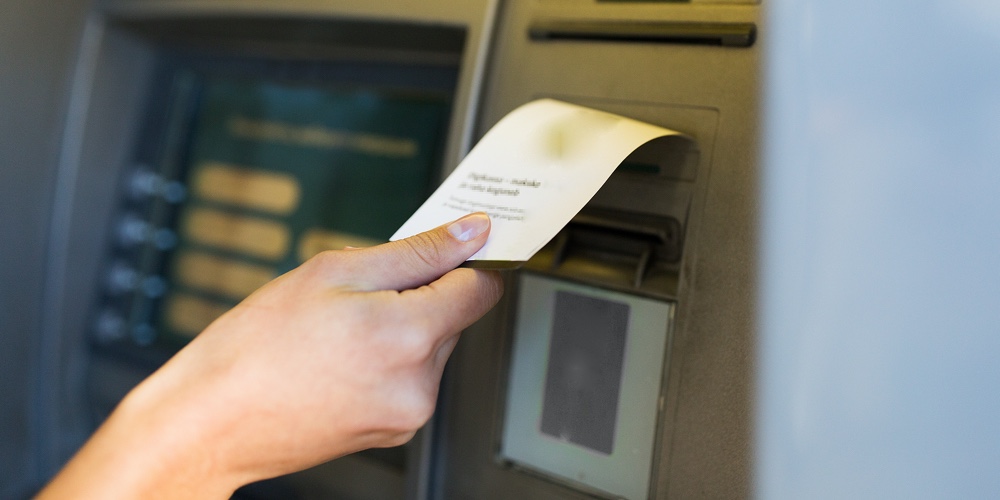Transaction receipts: Are they required?

Every once in a while, the NAFCU Compliance team gets asked about the requirements for providing transaction receipts. Back in the pre-COVID days, this used to be about when a member came into a branch and conducted a deposit or withdrawal at a teller window. These days, many transactions are conducted at ATMs or drive-up windows. This post takes a look at these scenarios. For more on the regulations that might apply to interactive teller machines (ITMs), check out this NAFCU Compliance Blog post.
Our starting point here is Regulation E. While other regulations, such as Regulation CC, might impact what disclosures must be posted on or provided through an ATM, none of these actually require a transaction receipt. Section 1005.9(a)of Regulation E does require credit unions to provide receipts for any electronic fund transfer (EFT) conducted at electronic terminals. Section 1005.2(h) explains an “electronic terminal” is any “electronic device, other than a telephone operated by a consumer, through which a consumer may initiate an electronic fund transfer.”
For EFTs conducted at a teller window, whether in a branch or via the drive-up, we have to look to the commentary to determine whether a receipt is required. Comment 3 to section 1005.2(h) explains that teller-operated terminals are not considered electronic terminals under the rule. However, if the member uses an access device, such as a debit card, to initiate EFTs through the teller operated terminal, then the terminal is an electronic terminal and a receipt will be required. If the member only uses the access device for identification purposes, then any transfers through the teller operated terminal are exempt.
continue reading »




